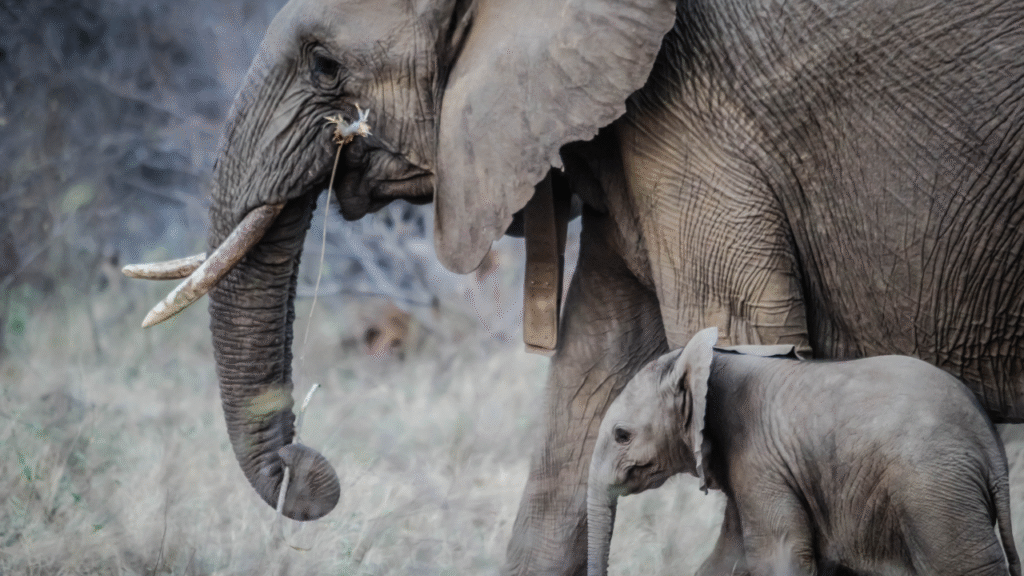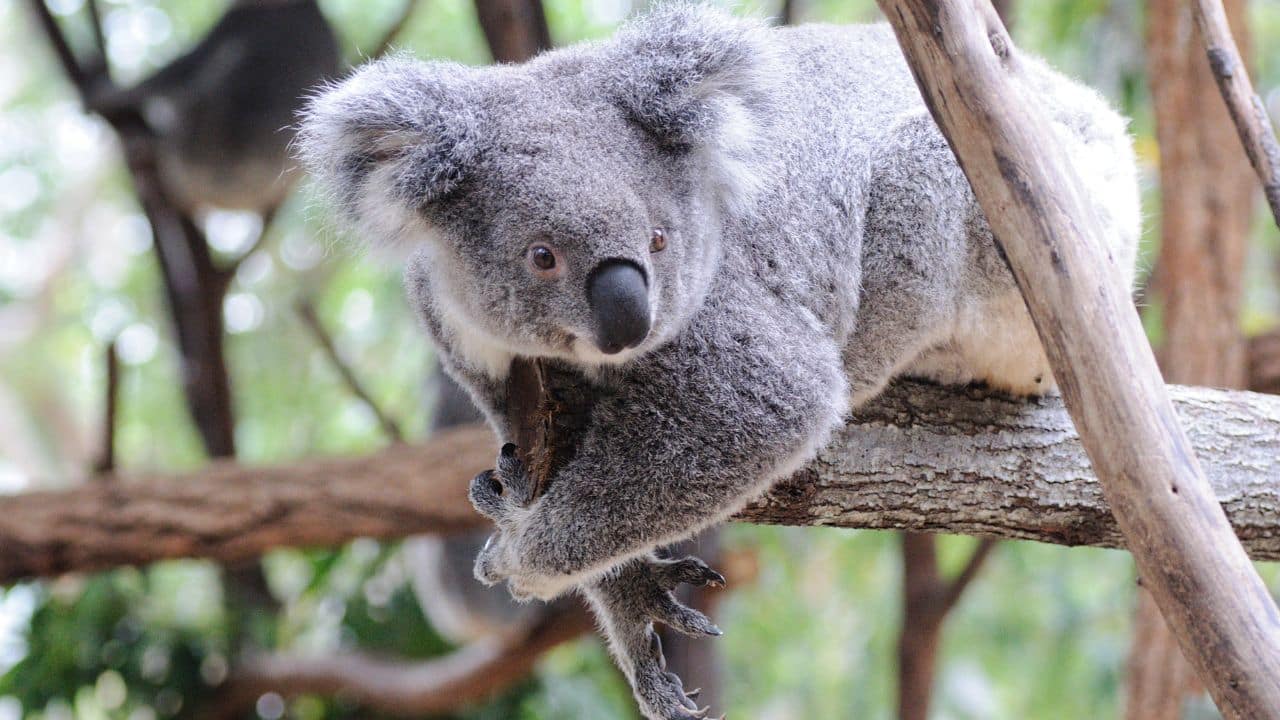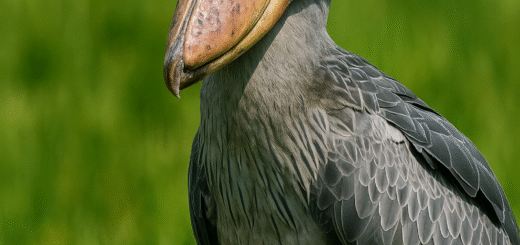Human-Elephant Conflict: Causes, Consequences, and Solutions
Human-elephant conflict (HEC) has become one of the most pressing challenges in wildlife conservation. As elephant habitats shrink and human populations expand, these two powerful forces often collide—with tragic consequences on both sides. Understanding the causes, consequences, and solutions of human-elephant conflict is essential for creating lasting peace between communities and these gentle giants.

What Is Human-Elephant Conflict?
Human-elephant conflict refers to negative interactions between humans and elephants, typically caused by overlapping territories and competition for resources. These encounters often result in crop destruction, property damage, injury, and even fatalities, both human and elephant.
Causes of Human-Elephant Conflict
1. Habitat Loss and Fragmentation
As forests are cleared for agriculture, mining, and infrastructure, elephant habitats become fragmented and degraded. Elephants are forced to wander into villages and farmlands in search of food and water.
2. Agricultural Expansion
Large-scale farming and monoculture plantations (such as palm oil and sugarcane) attract elephants. Their strong sense of smell leads them directly to ripe crops, causing massive damage.
3. Human Encroachment
Increasing human settlements inside or near elephant corridors disrupt traditional migration paths. This forces elephants to take alternative, often dangerous routes.
4. Water Scarcity and Climate Change
Droughts and unpredictable weather push elephants to travel farther in search of water, bringing them closer to human communities.
Consequences of Human-Elephant Conflict
1. Human Casualties and Economic Losses
Every year, hundreds of people are injured or killed by elephants. Additionally, entire seasonal crops can be wiped out overnight, leading to food insecurity and poverty.
2. Elephant Deaths
In retaliation, communities often resort to poisoning, electrocution, or illegal shooting of elephants. Many elephants die needlessly due to conflict-related killings.
3. Negative Attitudes Toward Conservation
Frequent encounters erode trust between locals and wildlife authorities, making conservation efforts more difficult. Elephants are seen not as icons, but as threats.
4. Breakdown of Traditional Coexistence
In many cultures, elephants are revered. But ongoing conflict is slowly replacing respect with fear and resentment.
Solutions to Human-Elephant Conflict
1. Habitat Protection and Restoration
Preserving and reconnecting elephant corridors allows them to migrate without encountering human settlements. Reforestation projects can also replenish lost food sources.
2. Early Warning Systems
Using SMS alerts, drone surveillance, and motion-sensor cameras, communities can be warned of nearby elephant movements, reducing surprise encounters.
3. Elephant-Friendly Fencing
Installing solar-powered electric fences, chili rope barriers, or beehive fences can deter elephants without harming them.
4. Compensation and Insurance Schemes
Governments and NGOs should implement fair compensation systems for crop and property damage, reducing the need for retaliation.
5. Community Education and Involvement
Empowering local communities to become stewards of conservation through education, eco-tourism, and sustainable livelihoods can foster coexistence.
6. Innovative Technology
AI-based tracking systems and real-time data apps are being used to predict elephant movement and reduce risks.
A Case Study: India’s Elephant Corridors
India, home to over 27,000 elephants, faces frequent HEC. But innovative projects like the Elephant Corridor Restoration Project in Tamil Nadu have shown success by relocating settlements from key corridors and planting native flora to restore habitats.
Conclusion
Human-elephant conflict is a complex issue driven by ecological, social, and economic factors. But with the right mix of scientific innovation, community participation, and policy support, peaceful coexistence is possible. Saving elephants means more than just protecting a species—it means preserving the delicate balance between nature and humanity.








